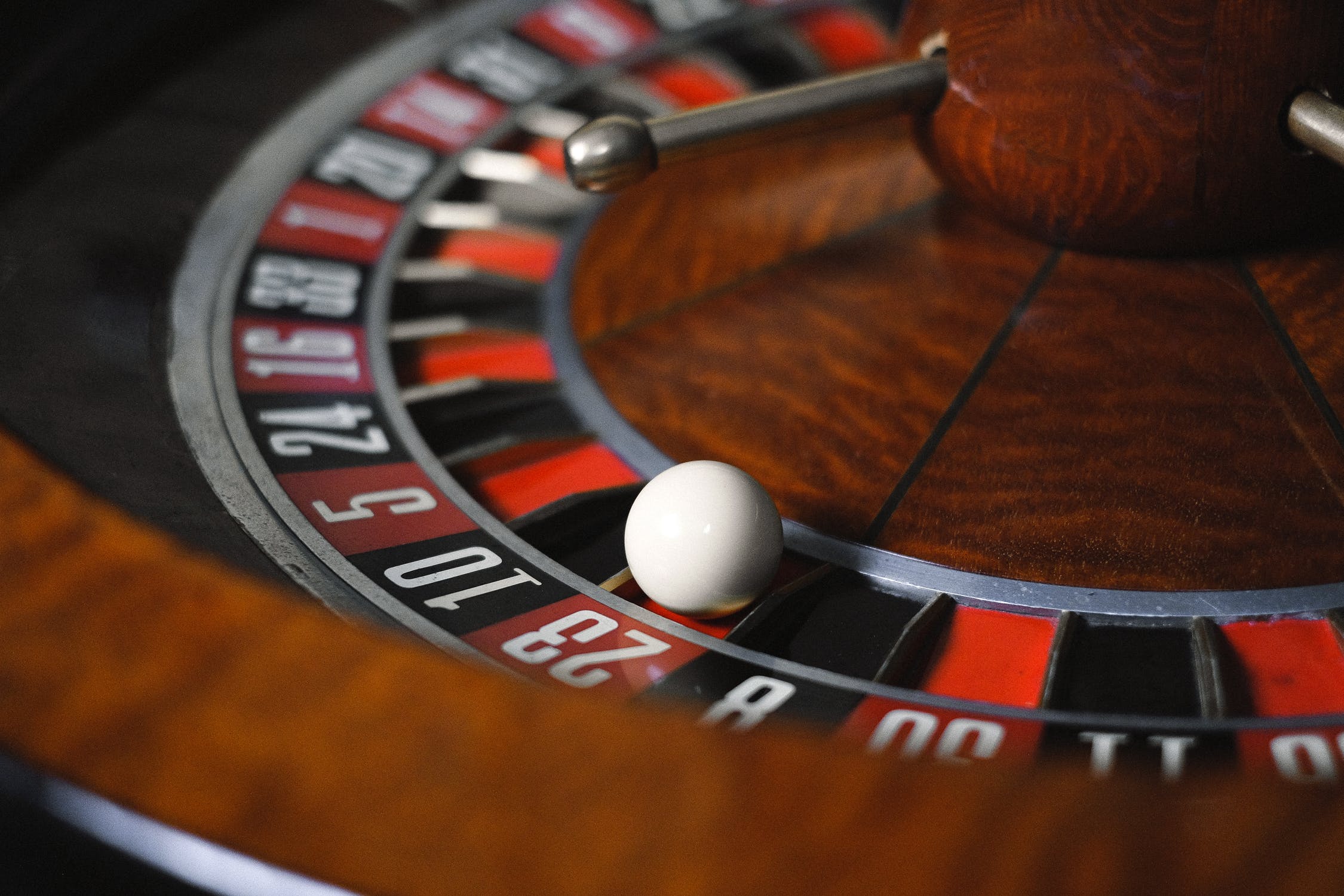Roulette, in many forms, has been around for centuries. The first version of the Roulette wheel, as we now know it, made an appearance in 1655, when French physicist and mathematician Blaise Pascal attempted to invent a perpetual motion machine. Naturally, his attempt to defy physics failed, but it also led to the birth of one of the most popular casino games of all time – so we’d say it was still a success!
Over the years, there have been multiple variations of the game, each identifiable by the differences between each wheel. Whether you choose to play online Roulette, or at your favourite brick-and-mortar establishment, it’s important to know the ins and outs, and different types of the wheels, to figure out how best to utilise your betting strategies.
So, join us as we discover two of the main versions of the game – American and European Roulette, and figure out just how each game really works.
Read on to find out more.
American Roulette
The American Roulette wheel has a total of 38 pockets, with the numbers one through to 36 presented in black and red, alongside both the single and double zero pockets, displayed as 0 and 00, in green. The order of the numbers on the wheel and the betting layout on the table are completely random, whilst the numbers always alternate. This way, a black number is always opposite a red. The double-zero pocket will be situated between two red numbers, and the single zero pocket is usually positioned between two black numbers.
The house edge in American Roulette is 5.26%, which is significantly more than the 2.70% house edge in European Roulette.
European Roulette
The European Roulette wheel came into existence in 1863, when French brothers Francois and Louis Blanc created a version of the wheel with only one zero pocket. They first took this version to Hamburg, Germany, before the game travelled around Europe and was even requested by Prince Charles III of Monaco. The European Roulette wheel later took pride of place in the first modern casino – the Monte Carlo Casino.
There are 37 pockets, with numbers from one to 36 alternating in red and black, and the single zero pocket coloured in green. The numbers in the sequence, whilst still aligned in a seemingly random order, are placed differently to those on the American wheel.
If you pay close attention to the order of the numbers on the European Roulette wheel, you’ll notice that on the right side of the zero pocket, the black nine black numbers are low (1-18) and the nine red ones are high (19-36). These are black numbers 2, 4, 6, 8, 10, 11, 13, 15, 17, and 19, 21, 23, 25, 27, 30, 32, 34, and 36 red numbers.
On the left side of the zero pocket, the nine black numbers are high – 20, 22, 24, 26, 28, 29, 31, 33, and 35, and the nine red numbers are low – 1, 3, 5, 7, 9, 12, 14, 16, and 18.
As we mentioned earlier, the European wheel is deemed the most popular, due to its low house edge.
—
Whilst the wheels differ slightly, the concept of the games are the same – you place your bets and the dealer will spin the wheel, whilst the ball spins in the opposite direction. The wheel will eventually stop spinning, and whichever pocket the ball lands in will identify the game’s outcome. So, let’s hope you’ve made the right choice!
